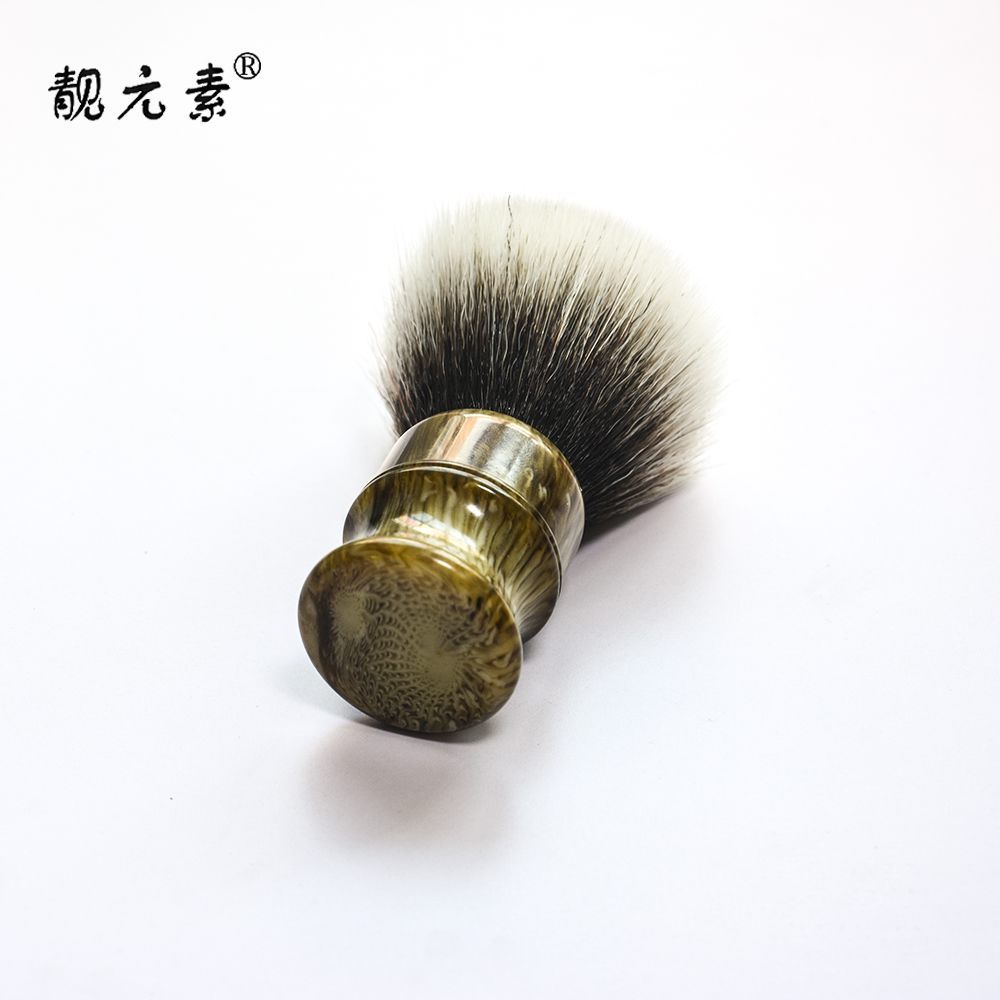Industry news
Global Supply Chain Issues: How They’re Disrupting Shaving Brush Material Availability
- 645 Views
- 2025-11-07 02:32:15
Global Supply Chain Issues: How They’re Disrupting Shaving Brush Material Availability
In recent years, global supply chains have faced unprecedented strain—from pandemic-driven factory shutdowns to port congestion, raw material shortages, and geopolitical tensions. While large industries like automotive and electronics dominate headlines, smaller sectors such as the shaving brush industry are quietly grappling with their own supply chain crises. At the heart of the problem lies a critical challenge: the availability of key materials that define a high-quality shaving brush, from synthetic bristles to natural fibers and handle components. These disruptions are not just delaying production; they’re reshaping how manufacturers source, produce, and price their products.
The Backbone of Shaving Brush Materials: Vulnerabilities Exposed

A shaving brush’s performance hinges on two core materials: the bristle (natural or synthetic) and the handle (often wood, plastic, or metal). Both face unique supply chain pressures.
Synthetic Bristles: Tied to Petrochemical Volatility
Most modern shaving brushes use nylon bristles, derived from petroleum. Since 2021, oil price fluctuations—exacerbated by the Ukraine conflict and OPEC+ policies—have sent nylon resin costs soaring by 30-40%, according to industry reports. Compounding this, petrochemical plants in Asia (a major source of nylon for brush manufacturers) have faced shutdowns due to energy shortages, limiting output. For small to mid-sized brands, securing consistent nylon supplies now requires longer lead times—up to 16 weeks, compared to 6-8 weeks pre-2020.
Natural Bristles: Geographic and Regulatory Hurdles
Premium brushes often rely on natural fibers like badger hair, sourced primarily from China and Eastern Europe. Here, supply chains are strained by export restrictions and logistics bottlenecks. China, a top exporter of badger hair, has tightened environmental regulations to curb wildlife trade, reducing raw material output by 25% since 2022. Meanwhile, shipments from Eastern Europe face delays due to EU import checks and rising rail freight costs, with delivery times doubling in some cases.
Handle Materials: From Plastic to Wood
Handle materials are equally vulnerable. Plastic handles, made from polypropylene (another petroleum derivative), face the same cost pressures as nylon. Wood handles, sourced from sustainable forests in Southeast Asia, now encounter shipping delays: container shortages and port congestion in Singapore and Shanghai have left some manufacturers waiting 3-4 months for wood blanks, up from 1-2 months pre-pandemic. Even metal accents, like brass ferrules, are scarce due to global copper shortages, pushing prices up by 15%.
The Ripple Effect: Production Delays and Price Hikes
For manufacturers, these material shortages translate to halted production lines and missed deadlines. A survey by the Shaving Products Manufacturers Association (SPMA) found that 62% of respondents reported production delays of 4-8 weeks in 2023, compared to 12% in 2019. Smaller brands, which lack the bargaining power of industry giants, are hit hardest. One U.S.-based brush maker noted, “We had to pause our best-selling badger hair brush line for three months last year because our Chinese supplier couldn’t fulfill orders.”
To stay afloat, manufacturers are passing costs to consumers. Retail prices for mid-range shaving brushes have risen by 18-25% since 2021, according to market data from Statista. Some brands are also cutting corners: substituting high-grade nylon with cheaper, lower-density fibers, risking product quality.
Adapting to the “New Normal”: Strategies for Resilience
Faced with these challenges, the industry is pivoting. Many manufacturers are diversifying suppliers—shifting from sole reliance on Asian sources to including suppliers in South America or Southern Europe for synthetic bristles. Others are investing in inventory buffers, stockpiling 3-6 months of materials (up from 1-2 months) to weather delays.
There’s also a growing shift toward alternative materials. Synthetic bristle blends (e.g., nylon-polyester mixes) are emerging as cost-stable substitutes for pure nylon, while plant-based bioplastics are being tested for handles. However, consumer resistance remains: a 2023 SPMA consumer poll found 58% of premium buyers prefer natural bristles, making material swaps a risky bet.
Looking Ahead: Resilience Through Diversification
The shaving brush industry’s struggles underscore a broader truth: global supply chains, once celebrated for efficiency, are now revealing their fragility. For brands to thrive, diversification—of suppliers, materials, and even manufacturing locations—will be key. As one industry veteran put it, “The era of ‘just-in-time’ is over. Today, it’s about ‘just-in-case.’”
While supply chain pressures may ease in the long term, the lessons learned—prioritizing flexibility over cost-cutting—will likely reshape the shaving brush market for years to come. For consumers, this means higher prices and fewer options in the short term, but a more resilient industry in the long run.











